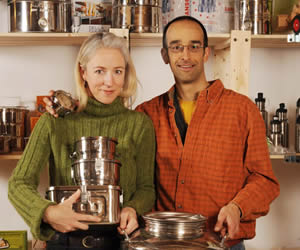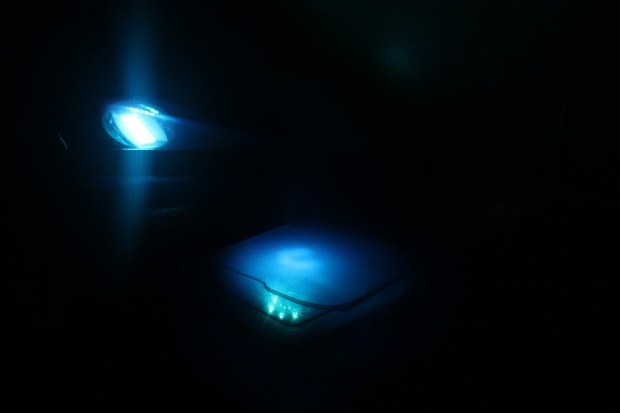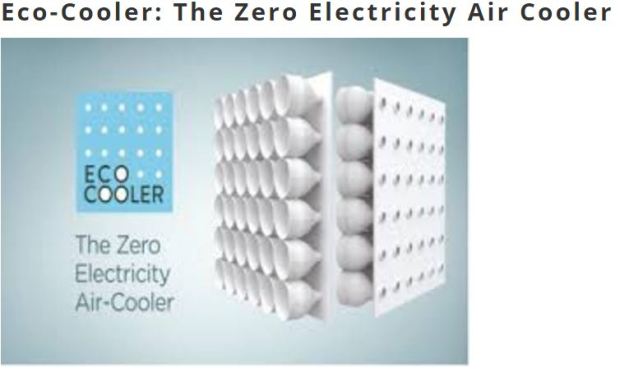I recently came across a website for an online store aiming to revolutionize the way we consume plastic waste. Life Without Plastic not only sell most household items, but also are very proactive in promoting new ways to healthier living for the environment, but also those living in it.
There are now many more alternatives to plastic products available. This is due to a growing awareness of the problems associated with plastics. For example, a tremendous amount of media attention has been given to the issues of BPA over the past few years.
Yet, the quality of these alternatives varies significantly.
There are some wonderful new products created with a real concern for quality, health, the environment, and worker conditions. As well, there are other products out there that are unsafe and unethically manufactured.
For example, not all stainless steel is created equal, and as with many things, price is often an indicator of quality. One cannot expect ethical sourcing and quality control measures to be in place for dollar store dishes. Where a product is made can also provide clues about its quality. That is why we indicate the country of origin – as well as all ingredients – in the description of every single product we sell

Co-founders & co-owners Chantal Plamondon and Jay Sinha say about their website;
“We are activists for a plastic-free planet working hard to bring you safe, high quality, ethically-sourced, Earth friendly alternatives to plastic products. We are also committed to raising awareness about plastics issues by providing solid science- and experience-based information and showing people, one person at a time, the beauty and simplicity of a life without plastic.”
References:
Life Without Plastic, Chantal Plamondon, and Jay Sinha. “Plastic-Free Products by Plastic Pollution Coalition (PPC).” Life Without Plastic Your One-Stop Shop for Plastic-Free Products. Last modified 2015. http://www.lifewithoutplastic.com/store/plastic-pollution-coalition.html.
Life Without Plastic, Chantal Plamondon, and Jay Sinha. “The Life Without Plastic Story | Bottles to Containers to Plastic Free Living.” Life Without Plastic Your One-Stop Shop for Plastic-Free Products. Last modified 2015. http://www.lifewithoutplastic.com/store/our_story.
Photo by Mike Beedell http://www.mikebeedellphoto.ca/
Image retrieved from, Beedell, Mike, and http://www.mikebeedellphoto.ca/. “Chantal & Jay – Co-Founders & Co-Owners.” http://www.mikebeedellphoto.ca/ and http://www.lifewithoutplastic.com/store/our_story#.V2-2KKKrNf4. 2015. Accessed June 26, 2016. http://www.lifewithoutplastic.com/store/our_story#.V2-2KKKrNf4.

















































